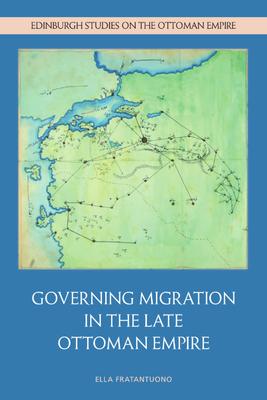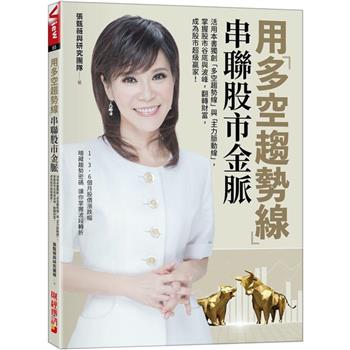How do terms used to describe migration change over time? How do those changes reflect possibilities of inclusion and exclusion? Ella Fratantuono places the governance of migrants at the centre of Ottoman state-building across a 60-year period (1850-1910) to answer these questions. She traces the significance of the term muhacir (migrant) within Ottoman governance during this global era of mass migration, during which millions of migrants arrived in the empire, many fleeing from oppression, violence and war. Rather than adopting the familiar distinction between coerced and non-coerced migration, Fratanuono explores how officials’ use of muhacir captures changing approaches to administering migrants and the Ottoman population. By doing so, she places the Ottoman experience within a global history of migration management and sheds light on how six decades of governing migration contributed to the infrastructures and ideology essential to mass displacement in the empire’s last decade.
| FindBook |
有 1 項符合
Governing Migration in the Late Ottoman Empire的圖書 |
 |
Governing Migration in the Late Ottoman Empire 作者:Fratantuono 出版社:Edinburgh University Press 出版日期:2024-04-30 語言:英文 規格:精裝 / 288頁 / 普通級/ 初版 |
| 圖書館借閱 |
| 國家圖書館 | 全國圖書書目資訊網 | 國立公共資訊圖書館 | 電子書服務平台 | MetaCat 跨館整合查詢 |
| 臺北市立圖書館 | 新北市立圖書館 | 基隆市公共圖書館 | 桃園市立圖書館 | 新竹縣公共圖書館 |
| 苗栗縣立圖書館 | 臺中市立圖書館 | 彰化縣公共圖書館 | 南投縣文化局 | 雲林縣公共圖書館 |
| 嘉義縣圖書館 | 臺南市立圖書館 | 高雄市立圖書館 | 屏東縣公共圖書館 | 宜蘭縣公共圖書館 |
| 花蓮縣文化局 | 臺東縣文化處 |
|
|
圖書介紹 - 資料來源:博客來 評分:
圖書名稱:Governing Migration in the Late Ottoman Empire
內容簡介
作者簡介
Ella Fratantuono is an associate professor of History at the University of North Carolina at Charlotte, USA. Her research and teaching focus on the Ottoman Empire, the Modern Middle East, migration, and genocide. Her work has appeared in venues including the Journal of Genocide Research and Border Criminologies. Her research has been supported by the US Fulbright Commission, the Andrew Mellon Foundation, and the American Philosophical Society.
|









